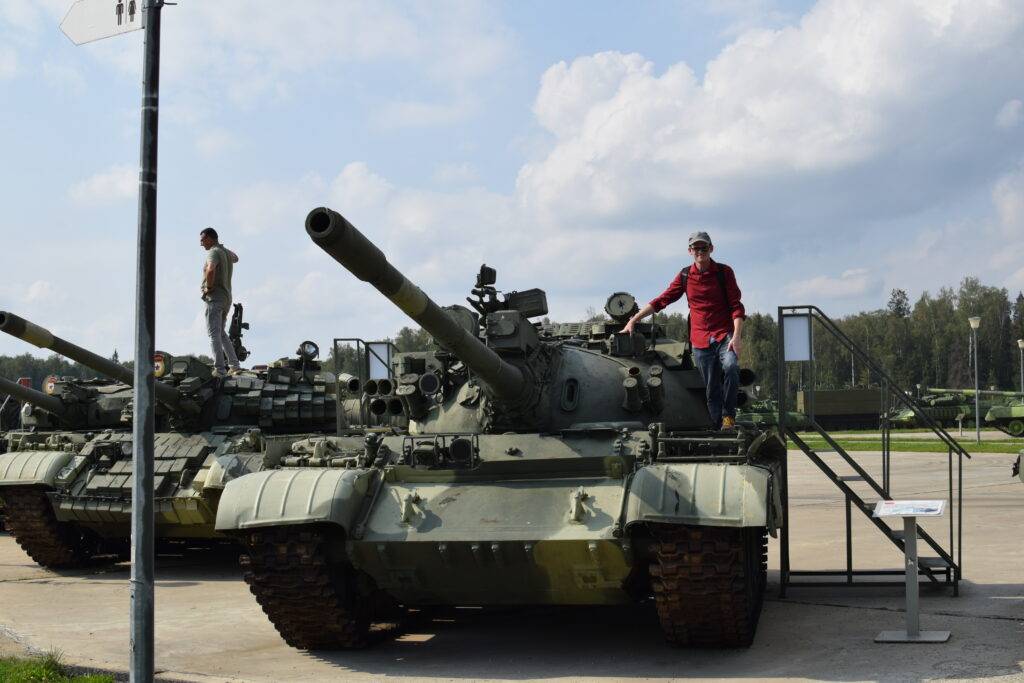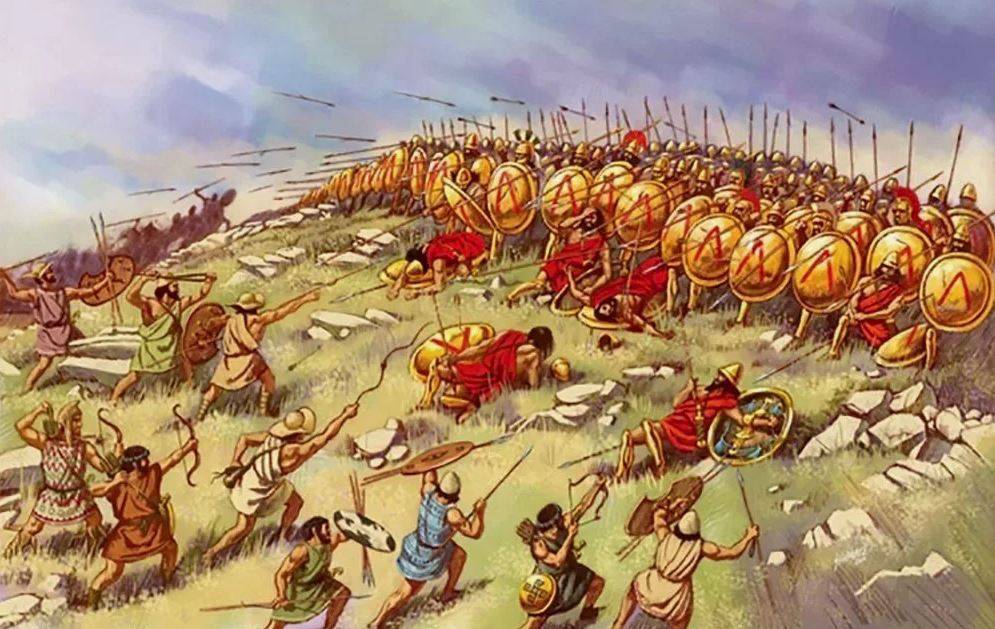Everyone just argues about how many forces Russia has available and that is the wrong way to frame this question. What we should be asking is “Does Ukraine have the forces to defend Kharkov?”
The vast majority of commentators and even so-called experts fail to understand that a battle space is an eco system with a maximum capacity. Just like a thousand tigers wouldn’t be able to hunt in the same square kilometer of jungle and a thousand goldfish couldn’t live in the same 10 liter aquarium, there is a maximum quantity of soldiers and equipment you can put in a space before their numbers become counter-productive due to crowding.
Imagine you were playing a game of chess and you were allowed to fill your side of the board with two ranks of pawns rather than one. That would actually be a terrible idea because an 8×8 board can only support two ranks of 16 pieces in total. If you tried to cram in three or four ranks those extra pieces would just get in the way. If you have more pieces than the opponent, it is more sensible to drip feed reinforcements as there is room for those pieces and something for them to do.
Or for a real-life battlefield example, consider the Battle of Thermopylae between the Greeks and invading Persian army under Xerxes.
Xerxes had a vastly larger army but there was only enough space in the “hot gates” for them to attack in small groups, which completely negated their numbers. Xerxes also couldn’t split his army or carry out any kind of flanking or envelopment maneuver like a force with numerical superiority is normally able to do. Once the Persians discovered a path leading behind the Greek positions, that was enough to force the defenders to retreat.
Even outside of a “hot gates” scenario, there is a maximum number of troops that can be deployed in one place, and that depended on the weapons being used. Pike formations used to be very deep, as many ranks could fight at once and the momentum of the men in the back prevented those in the front from running away. But as weapons became more powerful, battle formations almost invariably became thinner and more dispersed.
For example there is no benefit to a group of soldiers with muzzle-loaded firearms to fight in a deep formation when only the first two or three ranks are able to shoot. It is more effective to split that group of soldiers into smaller units with their own fields of fire. If there isn’t enough room to deploy them all, then keep some of those units in reserve.
In combat operations everyone should be actively doing something or resting. If a unit is on the front line not doing anything, they’re just getting tired and exposing themselves to enemy fire for no reason and should be sent to the rear. That is also why the wedge remains one of if not the most widely used formation even up to the present day. If a unit receives incoming fire, it is better for just one or two soldiers to be pinned down, leaving the rest of the team behind them to maneuver. A unit in a wedge is also able to present the maximum volume of fire in any direction.
That is why both sides of the Ukraine conflict prefer to have their forward positions as thinly manned as possible. If a squad is enough to properly man a trench to maintain observation and fight off light attacks, then that is the maximum number who should be in the trench. 2 or 3 squads are just extra bodies under combat stress and at risk of becoming casualties. If a heavy attack is incoming, then reserves can be called up, then dispersed after the attack is over. This is called flexible defense. Manning 100% of the frontline with enough forces to defeat an offensive at any point is an incredible waste of manpower and resources.
If you are unsure why both sides are using so many light vehicles and the so-called golf carts, the above scenario is why. Infantry on wheels are always better than infantry without wheels. If someone invents all-terrain motorized rollerskates, then that is what infantry of the future will probably start using, even if it looks a little silly. I never would have thought dirt bikes would be the trench assault weapon of the 21st century yet here we are.
An ork biker assaulting a Ukrainian trenchline
Apply everything I just said to the operational level in Ukraine. In Autumn 2022 the Ukrainians had a large numerical advantage. So the Russians ceded territory to shorten the frontlines enough to void the Ukrainians’ weight in numbers. Now due to Russian mobilization and Ukrainian losses, the situation has reversed. Russia could dump an additional 50,000 men into the existing fronts in Donbass, but that would be counter-productive for the reasons I explained. At this point, it is most logical to open up a new front. This gives newly-raised Russian battalions something to do and stretches Ukraine’s meager manpower.
Also remember that a large part of the Greeks’ initial success at the hot gates was their ability to rotate units as they got tired. The Kharkov offensive might be the equivalent of the goat path the Persians found. It creates a whole new front for the Ukrainians to fill and denies them the ability to do proper unit rotation.
The Russians allegedly have 30-50k men in the Kharkov direction. Of course they weren’t all sent at once because that wouldn’t make sense. Like in the chessboard scenario I described earlier, battalions are being drip fed as the offensive develops. If something went terribly wrong at the beginning it is easier to withdraw a few thousand men rather than tens of thousands.
Drip-feeding also presents a dilemma for the enemy. If the Ukrainians send a massive force to counter the attack, they harm their defensive efforts elsewhere. Russia could also potentially say “haha it was just a prank bro” and end the offensive after satisfactory gains have been made against Ukrainian positions elsewhere. But if Ukrainians they ignore the attack or don’t respond to it sufficiently the Russians will just keep drip feeding more forces and gain so much momentum it just can’t be ignored.
As for whether Kharkov itself can be taken, well, that is dependent on what Ukrainians do. Contrary to oft-repeated wisdom, 30,000 Russians are enough to storm Kharkov… if the Ukrainian defense is inadequate. If Ukrainians endlessly feed reinforcements into Kharkov to keep it properly manned, then it could hold out indefinitely. But they have been playing this game over and over again for more than a year. Does Ukraine have enough men left for what might be the single biggest bloodbath to date? Only time will tell.
Ian Kummer

All text in Reading Junkie posts are free to share or republish without permission, and I highly encourage my fellow bloggers to do so. Please be courteous and link back to the original.
I now have a new YouTube channel that I will use to upload videos from my travels around Russia. Expect new content there soon. Please give me a follow here.
Also feel free to connect with me on Quora (I sometimes share unique articles there).



Agreed. My guess is that Russia is making much noise in Sumy, and then it does another feint at the northernmost point, closest to Belarus. That part is less densely populated, so the Russians can make a huge advance, threatening routes of communication north of the Dnieper.
That’s an excellent lesson. Thanks Ian.
Ian, I passed the link to this article to Military Summary one of those mapping sites. I also passed it to Andrei Martyanov someone I have grown to admire greatly.
Andrei Martyanov can do what Andrei the Saker could no longer do because he’s a US Citizen.
Beste